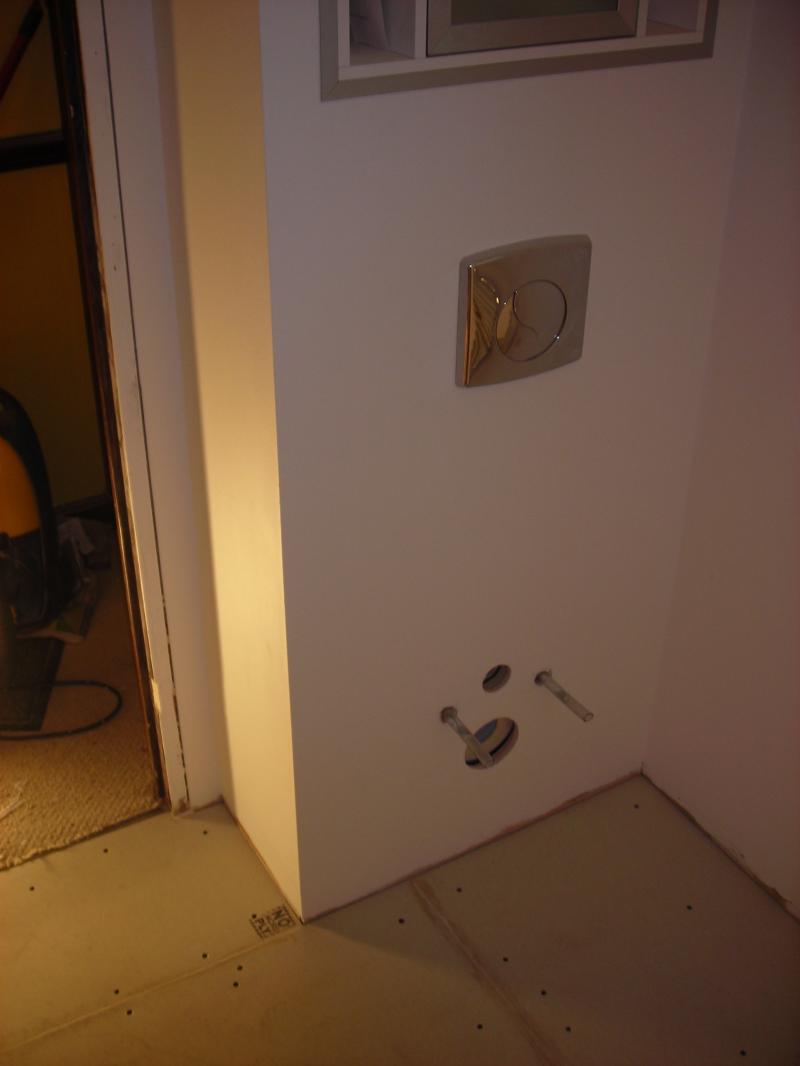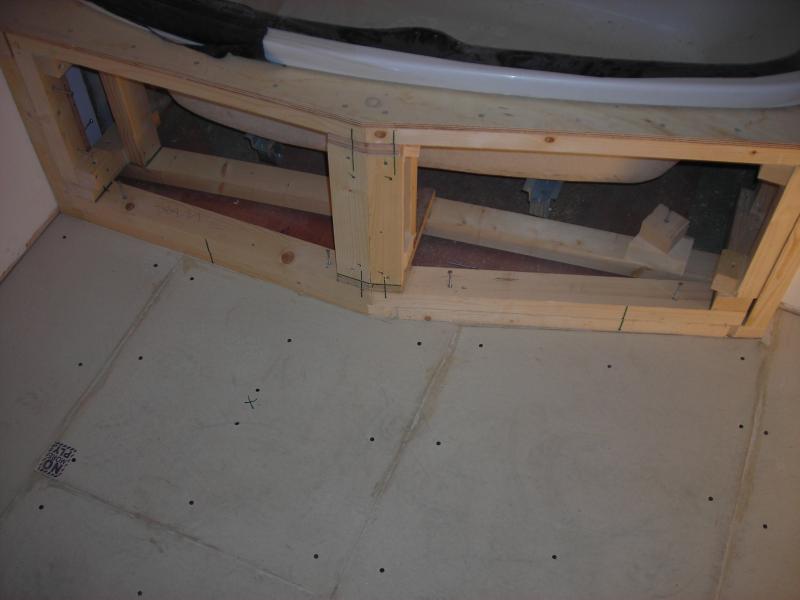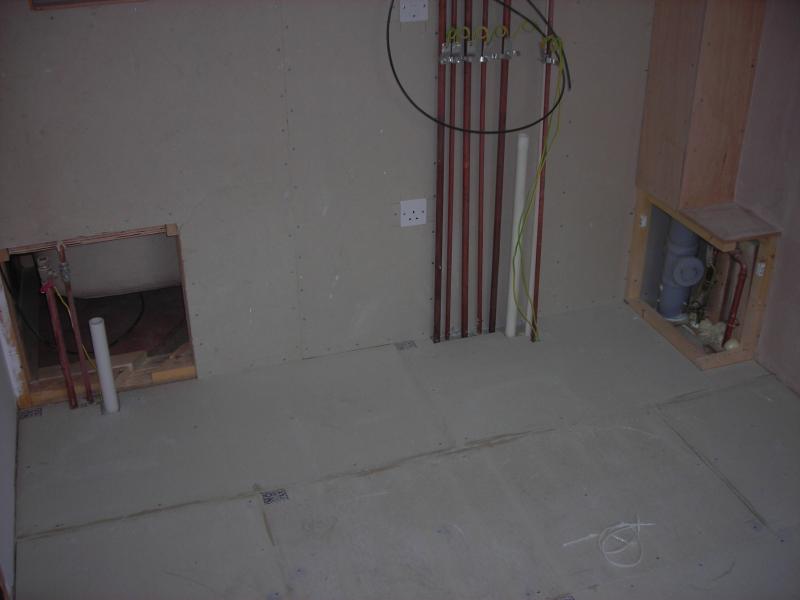I have a new Weyroc chipboard floor which is very solid. Can I tile straight on to this? It is a small bathroom.
I've never tiled on wood before. I'm new to this forum, but have spent a few nights reading posts in this tiling section and I see the general opinion is to lay plywood down first. If I was to lay this down in this room, it would have to be in strips becuase it is not physically possible to get a sheet of ply into the room due to a very low slopping ceiling (and a door). So if I laid down four strips of ply (approx 2-3ft width), what about the joints? Wouldn't a ply floor with lots of joints be more unstable than the original new Weyroc floor?
Also, putting down ply raises the floor to such as extend that it will cause quite lip at the door way. Outside the bathroom will be carpet onto the same new Weyroc floor. The thickness of the ply that people are recommending seems excessive to me. I seem to remember years ago reading about using 3mm hardwood . I want to do a top quality job, but using such thick ply on what looks to be an already sound solid floor seems so much of an overkill to me and will cause this unwanted height. However, I don't have the experience of tiling on wood, so I will accept your recommendations.
. I want to do a top quality job, but using such thick ply on what looks to be an already sound solid floor seems so much of an overkill to me and will cause this unwanted height. However, I don't have the experience of tiling on wood, so I will accept your recommendations.
I've never tiled on wood before. I'm new to this forum, but have spent a few nights reading posts in this tiling section and I see the general opinion is to lay plywood down first. If I was to lay this down in this room, it would have to be in strips becuase it is not physically possible to get a sheet of ply into the room due to a very low slopping ceiling (and a door). So if I laid down four strips of ply (approx 2-3ft width), what about the joints? Wouldn't a ply floor with lots of joints be more unstable than the original new Weyroc floor?
Also, putting down ply raises the floor to such as extend that it will cause quite lip at the door way. Outside the bathroom will be carpet onto the same new Weyroc floor. The thickness of the ply that people are recommending seems excessive to me. I seem to remember years ago reading about using 3mm hardwood





